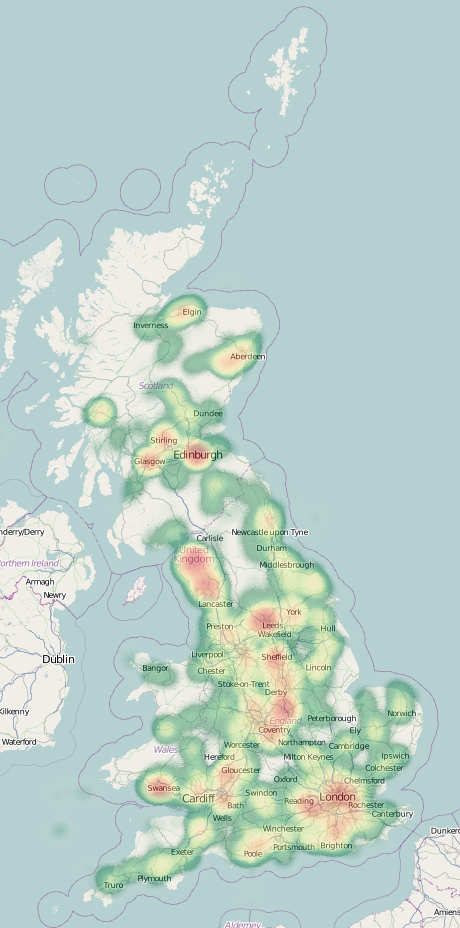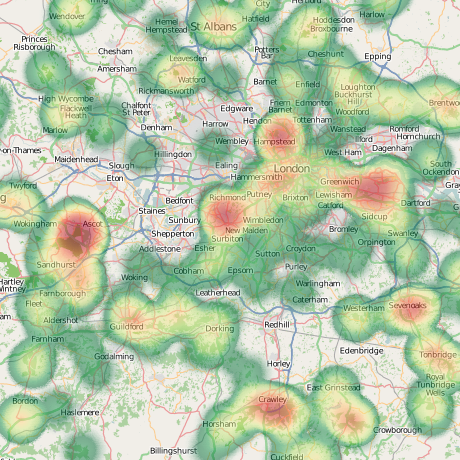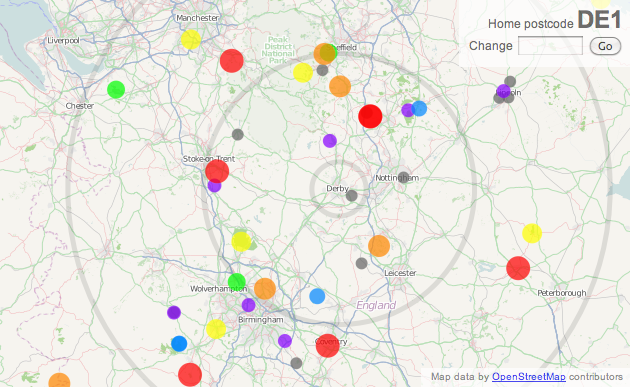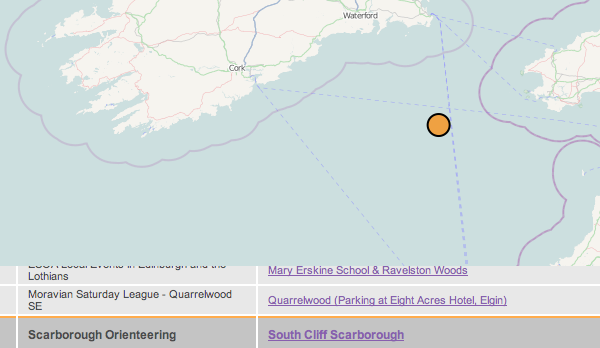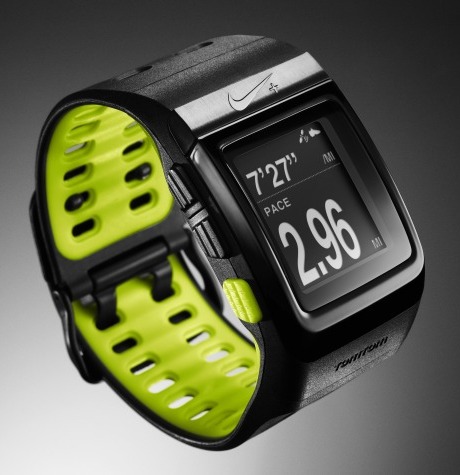
I got the London Crumpled City Map as a Christmas pressie. It is a large scale map of central London – covering most, but not all, of Zone 1 – the eastern edge of the City is chopped off. It is designed and produced by an Italian company, and is one of a series of maps that also includes New York, Paris, Tokyo, Berlin and Rome.
The big feature about the map is you can scrunch it up into a ball and keep it in the soft pouch that comes with it – unraveling for later use is straightforward. The map is printed on a very thin and light plastic waterproof sheet, kind of like a synthetic tablecloth. The map remains very creased when it is flattened out – naively I was expecting it to spring back to its perfect condition which it was in when I opened the present – but is still very readable.

The cartography is simple and clear – grey roads with black text, on white. Large buildings are shown in lighter grey, parkland is in olive and the Thames is an unusually light blue. It’s too simple in places – paths in parks and on the Thames’s pedestrian bridges appear just like the roads, and bridges and tunnels are not shown, which means the Victoria Embankment appears to end abruptly as Blackfriars, rather than continuing under it as Upper Thames Street. Surface railway lines are present as narrow lines. Only the TfL stations are shown – City Thameslink is missing, for instance.
As a some-time contributor to the project, I’m pleased to see (thanks to the prominent credit on the map) that the data is from OpenStreetMap. Unfortunately the map does have a number of typos, more so than you would normally expect for a central London map. I’m not sure if these are due to the OpenStreetMap data – in which case the data must have been sourced a long time ago, as OpenStreetMap is pretty good in central London these days – or from an independent list of points of interest which have been superimposed on the top.
From the nature of the mistakes, I’m pretty sure OSM is not at fault here. For example, UCL appears as the University College of London, and Russel(l) Square station is missing an “l”. The Diana memorial fountain in Kensington Gardens appears as “Diana, Princess of Wales Memorial Fund”. A mysterious second “Paddington” station appears where the Bakerloo Line’s Edgware Road station is, and the other Edgware Road station doesn’t appear at all. Some of the landmarks are a bit dubious – the Royal Agricultural Hall is actually better known these days as the Business Design Centre in Islington and has been as such for at least 15 years. There are some prominent landmarks missing too, such as the Globe theatre on Bankside, the Old Bailey and the BFI IMAX cinema in Waterloo.
So – it’s probably not a particularly useful map for anyone – for tourists it leaves off too many attractions and stations, for cyclists and drivers it doesn’t distinguish between paths and roads, and for walkers, it doesn’t show the route of the underground lines. You would probably be better off looking at the many “minilith” map slabs that are starting to appear all around the city. However, it is very light, easy to store (there’s something very satisfying about crumpling it up) and completely waterproof. And it’s another real-world use of OSM. So I like it. Link to it on Amazon.


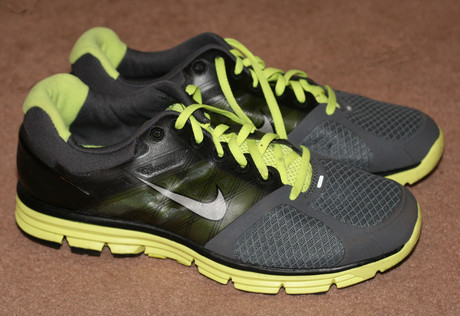

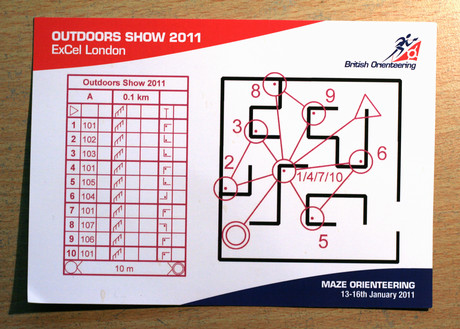
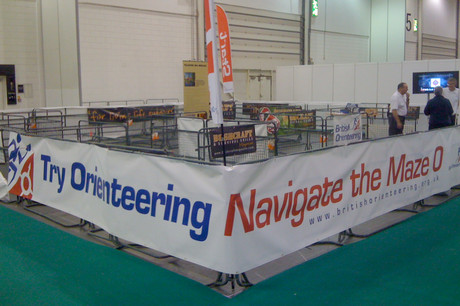
 Cross-posted from
Cross-posted from 
